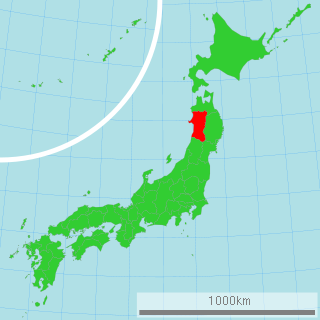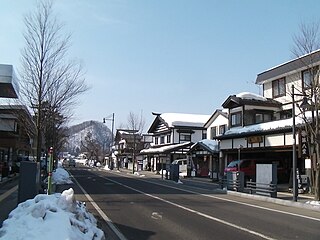
For a younger photographer of the same name, see Akihide Tamura.
Tokihiro Satō is a Japanese photographer. Sato is best known for his unusual expressions of light and space and interpretations of performance and dance. Receiving his MFA and BFA in Music and Fine Arts from Tokyo National University of Fine Arts and Music in 1981, Sato was originally a trained sculptor, but decided to go with photography to better communicate his ideas.
Takanobu Hayashi is a Japanese photographer.

Tokyo Polytechnic University is a private university in Honchō, Nakano, Tokyo. Its nickname is Shadai (写大). It was formerly known as Tokyo College of Photography.
Ryōji Akiyama is a Japanese photographer known for his work in Tsugaru and New York. He has also written about photography.
Tetsuya Ichimura is a Japanese photographer noted for his photographs of nudes.
Takeji Iwamiya was a Japanese photographer particularly known for his depiction of architecture, gardens, and Japanese crafts.
Fusako Kodama is a Japanese photographer who has concentrated on people in cities as subjects.
Kōji Satō was a renowned Japanese amateur photographer, particularly in the 1930s.
Teikō Shiotani was a photographer from Tottori, Japan.
Shimooka Renjō was a Japanese photographer and was one of the first professional photographers in Japan. He opened the first commercial photography studio in Yokohama, and in Japan he is widely considered the father of Japanese photography.
Shigeichi Nagano was a Japanese photographer.
Masaya Nakamura was a Japanese photographer particularly known for nude photography.
Mitsutarō Fuku was a Japanese photographer.
Katsuji Fukuda was a Japanese photographer known for his photographs of still lifes and nudes, and also a writer of practical books about photography.
Susumu Matsushima was a Japanese photographer famous for portraits of women, fashion photography, and nudes.
Eiichi Moriwaki was a Japanese photographer.
Kōtarō Iizawa is a Japanese photography critic, historian of photography, and magazine editor. Born in Sendai, Miyagi in 1954, Iizawa studied photography in Nihon University, graduating in 1977. He obtained his doctorate at University of Tsukuba. Iizawa founded Déjà-vu in 1990 and was its editor in chief until 1994. He coedited the 41-volume series Nihon no Shashinka with Shigeichi Nagano and Naoyuki Kinoshita.









